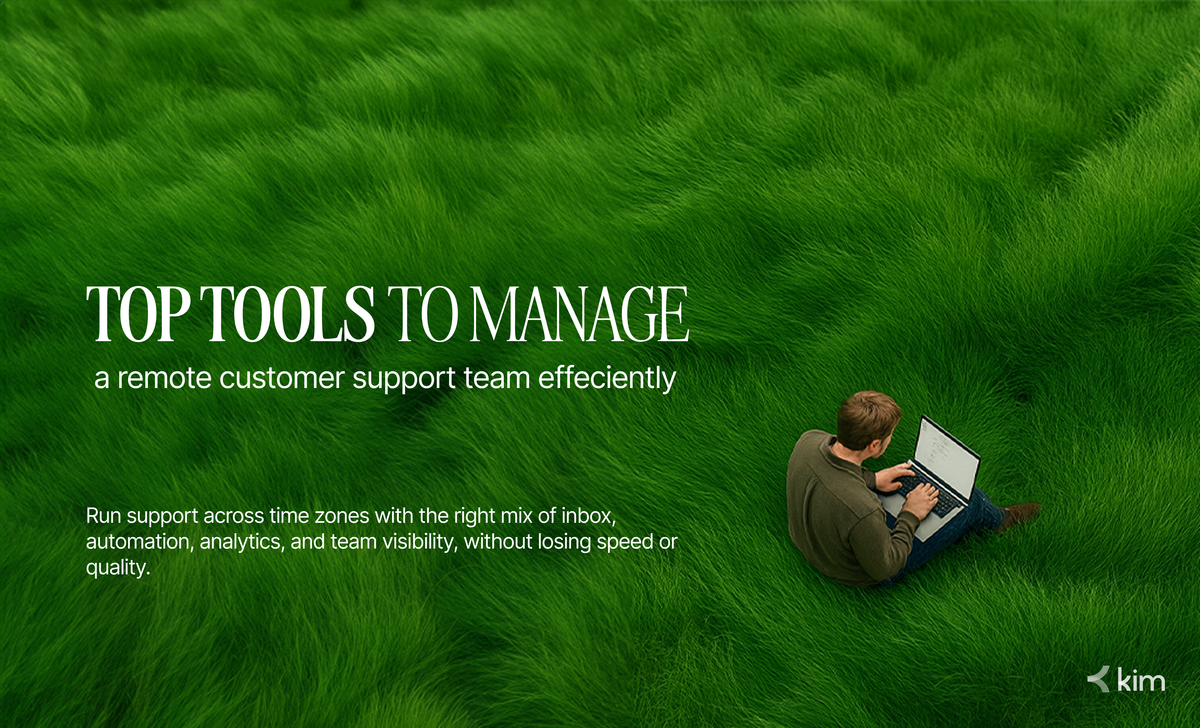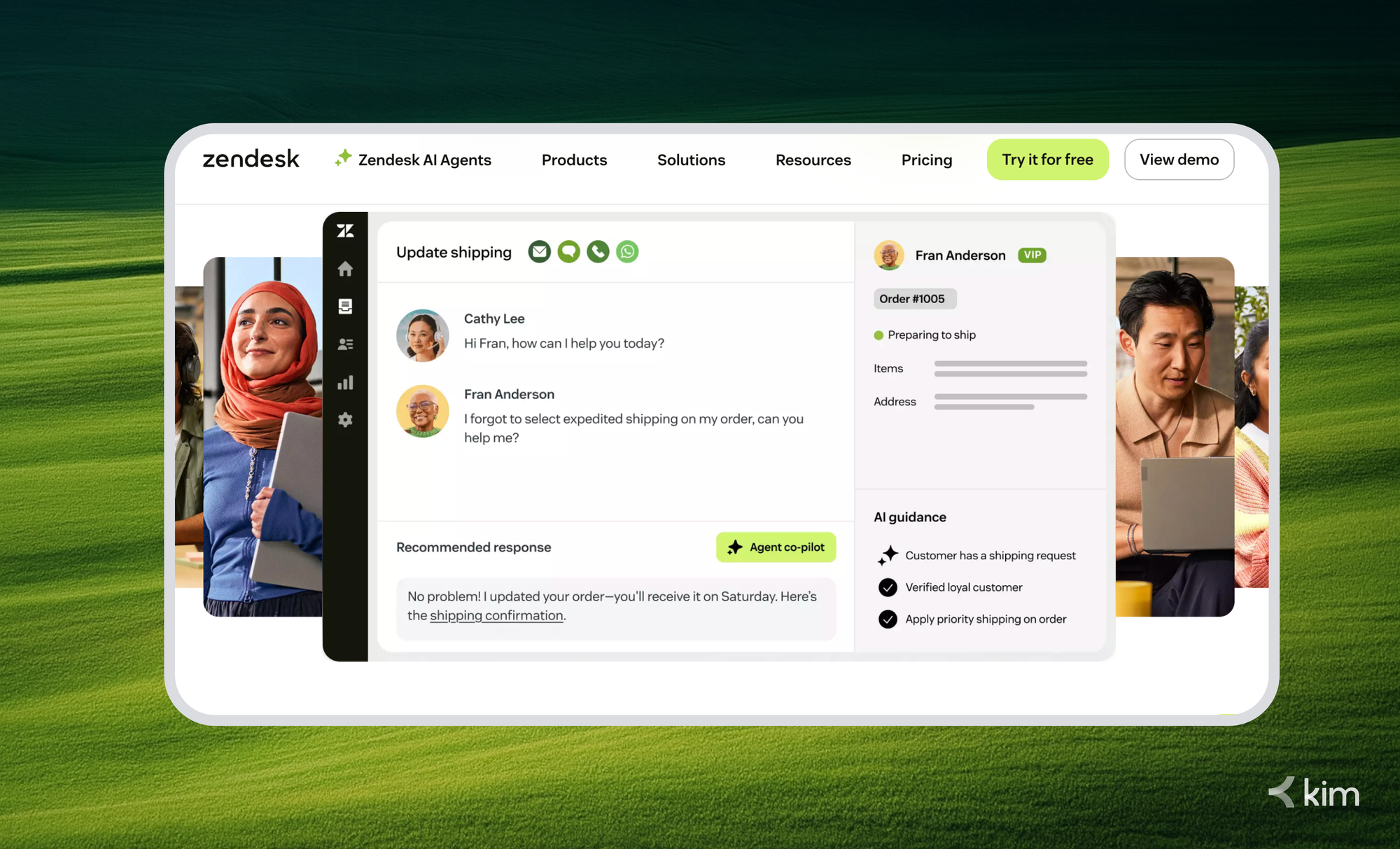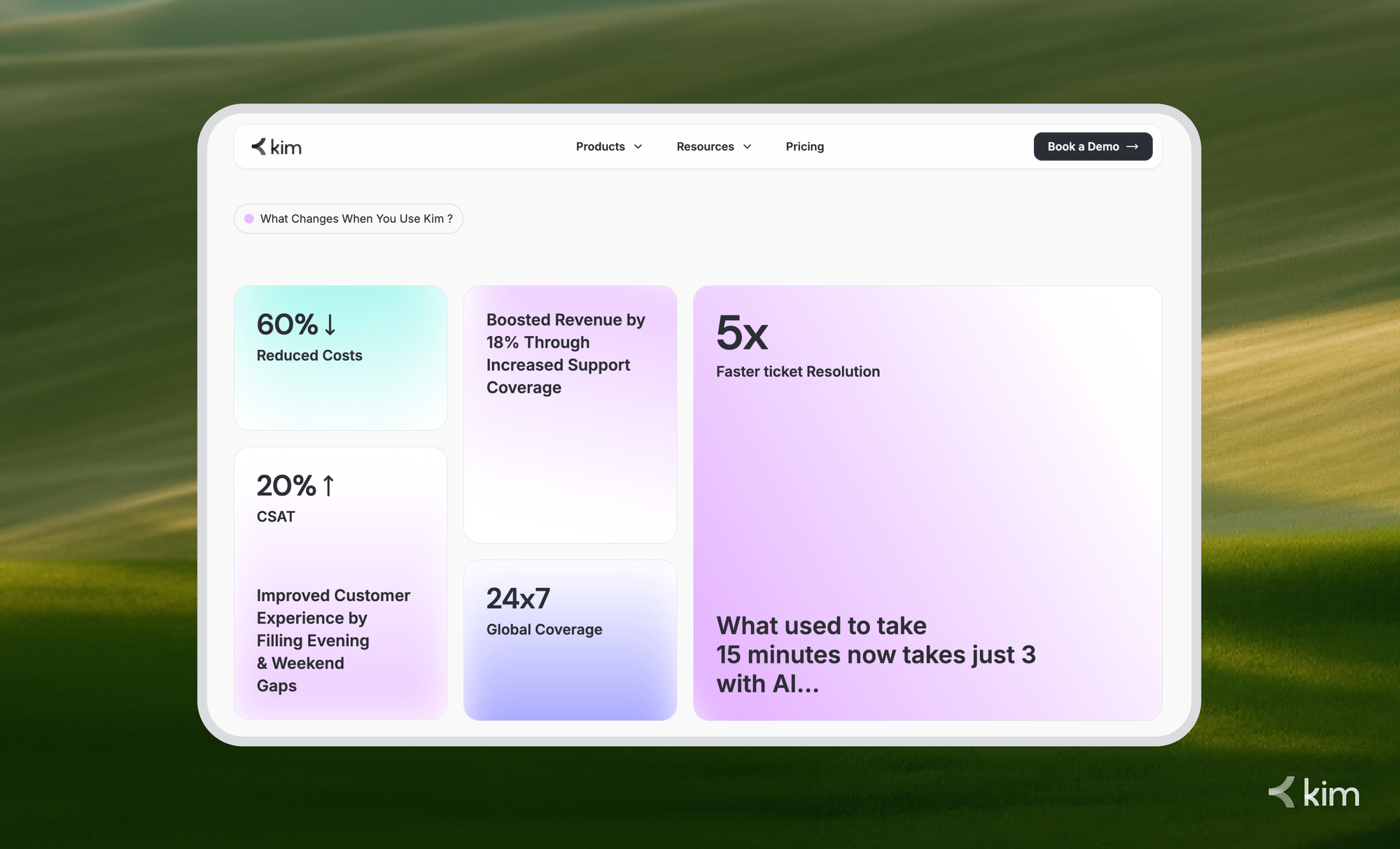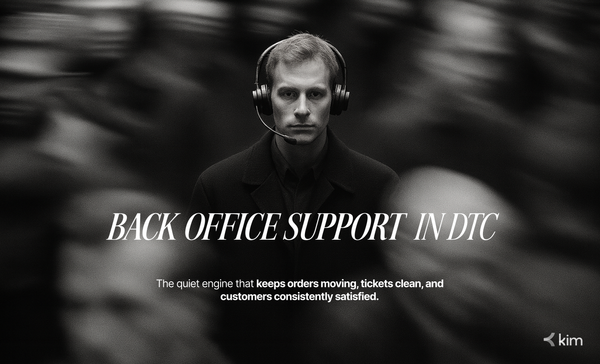Top Tools to Manage a Remote Customer Support Team Efficiently

Managing a remote customer support team is no longer just a trend. It is now a fundamental part of how modern businesses operate. Whether you are scaling globally or just getting started with customer care outsourcing, the right tools can make or break your ability to offer the best customer service.
According to Salesforce, 89% of consumers are more likely to make another purchase after a positive customer service experience. That means companies today are expected to maintain consistency, empathy, and speed, no matter where their support teams are located.
Below, we explore ten essential tools to help you manage your remote customer support team effectively. From communication and performance tracking to AI-powered helpdesks and back office support, these tools can help you build a high-functioning and scalable operation.
1. Zendesk (All-in-One Customer Service Software)
Zendesk is one of the most widely used customer service software solutions for a reason. It brings together tickets from email, chat, social media, and phone into a unified platform that is accessible to remote agents across the globe.
With automations, macros, and integrations for everything from CRMs to help centers, Zendesk allows support teams to work efficiently and deliver fast, consistent responses.

Zendesk is especially valuable for ecommerce, SaaS, and retail companies that need scalability and robust reporting.
2. Slack (Internal Communication for Distributed Teams)
Managing a remote customer support team requires more than customer-facing tools. Internal communication is just as important.
Slack allows you to keep your support agents connected, updated, and engaged. Create channels for ticket escalations, urgent bugs, and daily huddles. Use integrations with tools like Zendesk, Jira, and Google Drive to reduce tool-switching and speed up collaboration.
For teams working across time zones, asynchronous features like threads and scheduled messages are also a big plus.
3. Trello or Asana (Streamline Task and Back Office Management)
When it comes to managing internal workflows and back office support, tools like Trello and Asana help you visually organize your team’s workload.
Use them for onboarding new support agents, managing content for FAQs, logging customer feedback, or tracking follow-ups on escalations. These tools ensure accountability while helping your team stay aligned on shared goals.
This becomes especially important when you outsource ecommerce customer service or work with globally distributed contractors.
4. kim.cc (Manage and Monitor Remote Customer Support Teams in Real-Time)
Once your remote customer support team is in place, effective management becomes the next challenge. kim.cc is a platform that helps companies gain visibility into agent performance, support quality, and operational health.
It offers features like real-time ticket monitoring, SLA alerts, agent scorecards, and QA tracking. Managers can instantly identify issues, coach agents based on performance data, and spot patterns across channels and shifts.
Unlike traditional customer service software, kim.cc is built specifically to make managing distributed teams simpler and more transparent.

5. Chat Desk (Fast and Reliable Chat Support)
Chat Desk enables live chat support outsourcing at scale. Whether you need 24/7 availability or multilingual responses, Chat Desk uses automation and human agents together to ensure fast response times.
It helps brands handle large volumes of inquiries without compromising on the quality of support. With features like suggested replies and tagging, agents can maintain consistency even during peak hours.
Companies that use live chat generally see higher engagement and customer satisfaction scores, especially in ecommerce.
6. Help Scout (Best for Human-Centered Email Support)
Help Scout is designed for businesses that care deeply about tone and personalization. It is one of the best tools for offering email support that feels human, even when managed remotely.
Its features include saved replies, workflows, customer history tracking, and in-app messaging. Teams also appreciate its simple, clutter-free interface that allows them to focus on what matters most: resolving issues quickly and kindly.
7. Tidio (AI Virtual Assistants for Instant Help)
Tidio combines live chat with AI customer service software to help businesses resolve common queries instantly.
For small to mid-sized teams, Tidio reduces pressure on live agents by automatically answering FAQs, collecting customer data, and routing only complex issues to humans. It also integrates easily with Shopify, WordPress, and other platforms.
Using AI-powered virtual assistants can reduce response times, improve resolution rates, and help teams focus on higher-value interactions.
8. Time Doctor (Track Productivity and Accountability)
When your team is distributed, keeping track of who is doing what becomes essential. Time Doctor gives managers detailed insights into how time is spent across the team.
It tracks active hours, application usage, and websites visited. This helps teams identify inefficiencies, set realistic expectations, and manage workloads better.
Time Doctor is especially useful for companies that rely on customer care outsourcing and want to ensure accountability without micromanaging.
9. Gorgias (Customer Support Built for Ecommerce)
Gorgias is built specifically for ecommerce brands, making it one of the best tools for managing customer support ecommerce operations.
It connects with platforms like Shopify and Magento to provide order details, refunds, shipping updates, and more, all from within the ticket window. This reduces resolution time and enhances the overall customer experience.
Its automation features, like intent detection and auto-tagging, also make it a favorite among fast-scaling DTC brands.

10. Zoom and Loom (Remote Training and Team Sync)
Training and development are vital parts of managing any remote customer support team. Zoom is ideal for team standups and one-on-one reviews, while Loom allows managers to record and share training videos that agents can revisit anytime.
Together, they reduce communication gaps and ensure that everyone, regardless of location, receives the same information and coaching.
This supports long-term quality and improves alignment across your support organization.
Final Thoughts
Delivering the best customer service does not require the biggest team or the biggest budget. It requires the right combination of tools and systems that support transparency, speed, empathy, and accountability.
Platforms like Zendesk, Help Scout, Gorgias, and Slack help teams interact with customers efficiently. Tools like kim.cc and Time Doctor help managers track, measure, and improve performance. Solutions like Tidio and Chat Desk introduce automation without losing the human touch.
The companies that win on customer service experience are the ones that make it easy for their remote teams to do great work. With the right systems in place, you can do the same.
Want to manage your remote support team with less chaos and more clarity?




